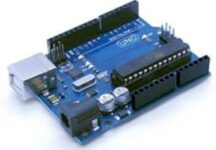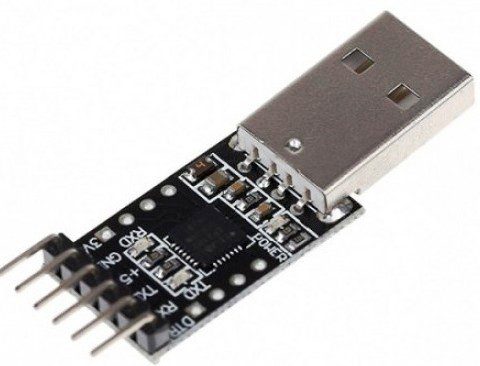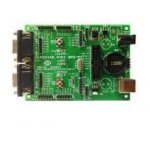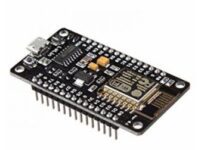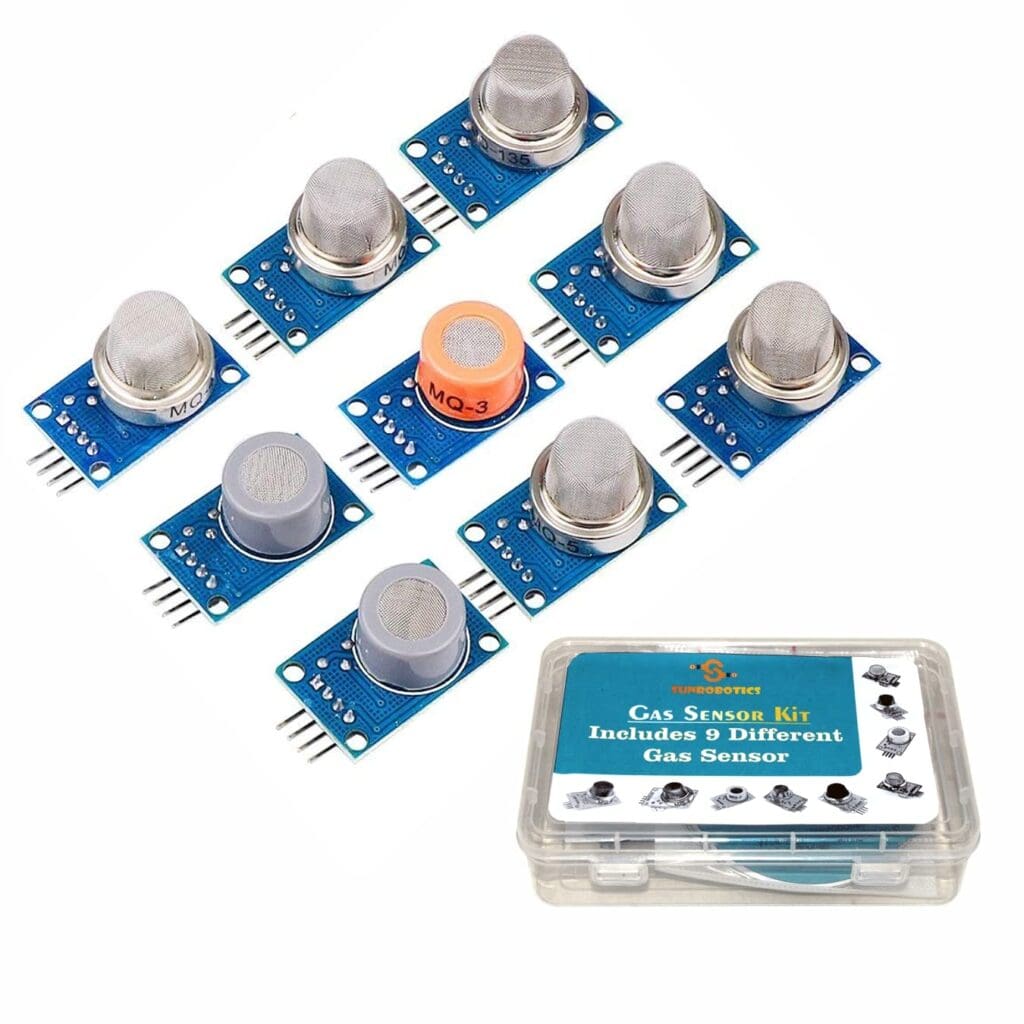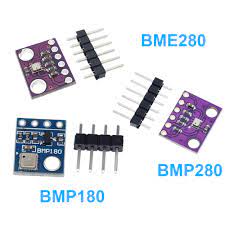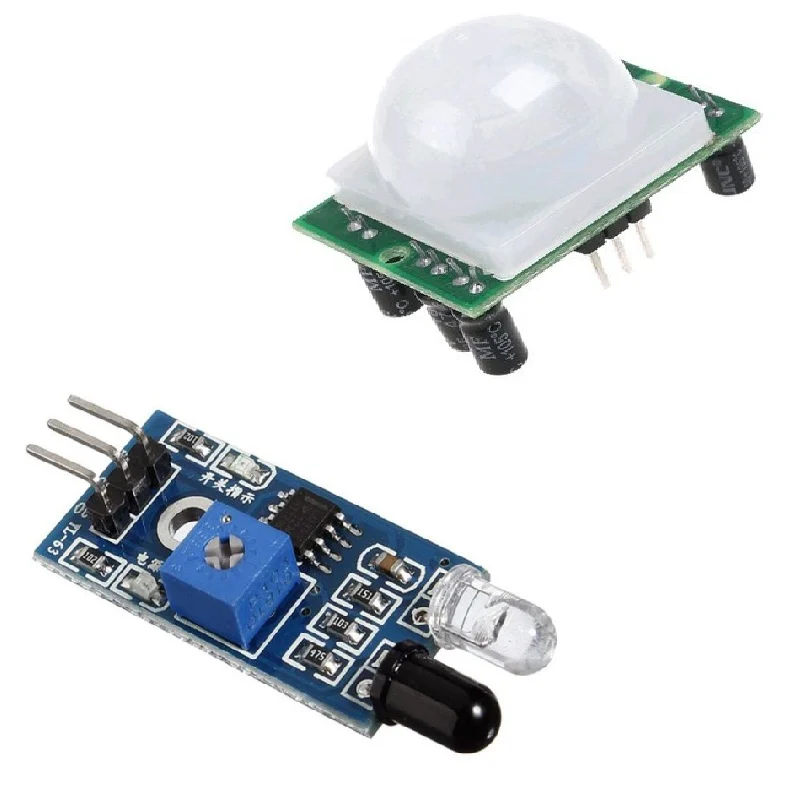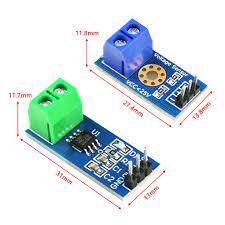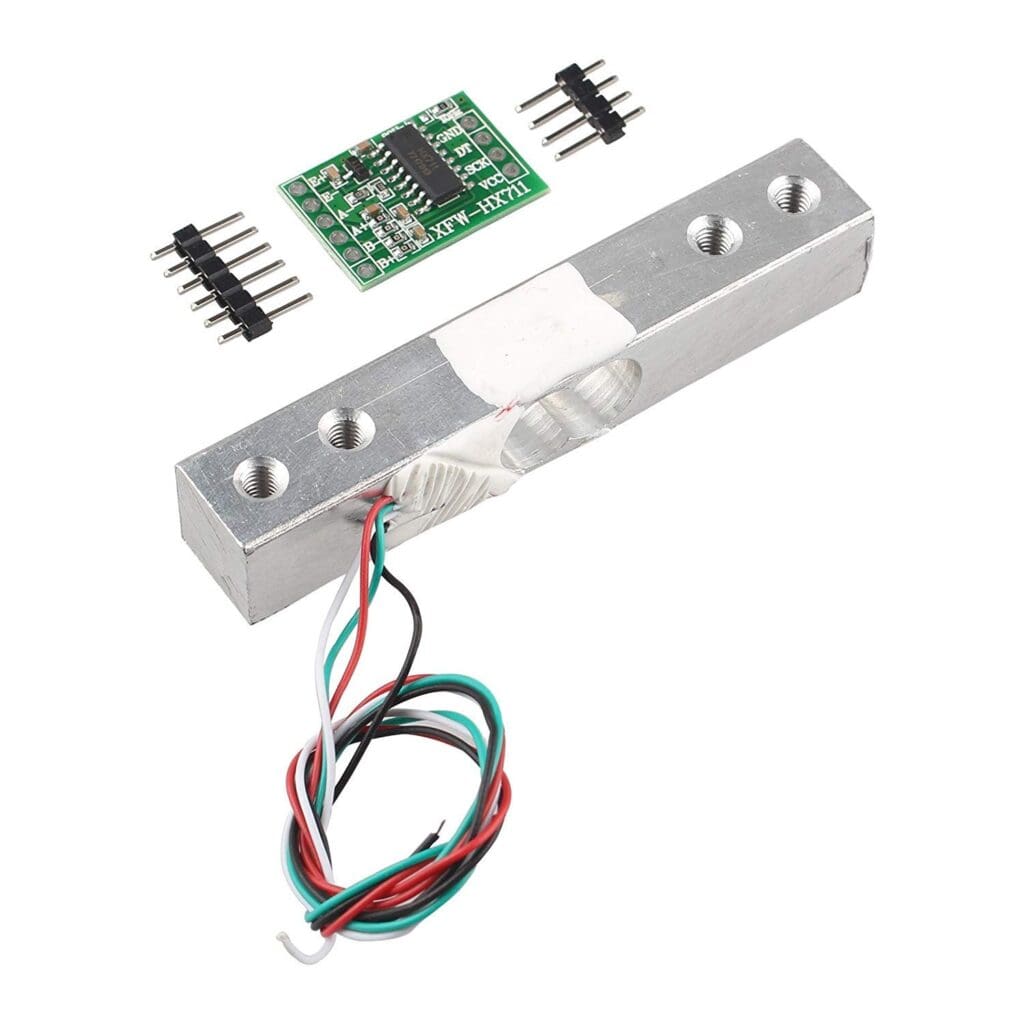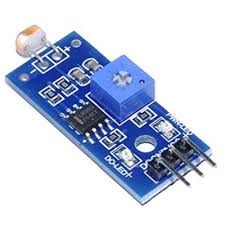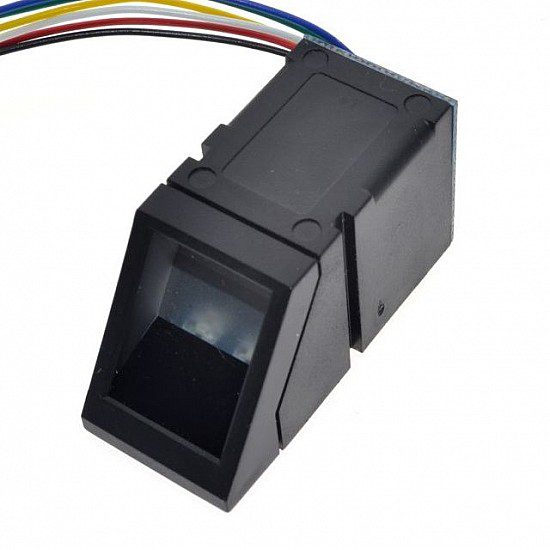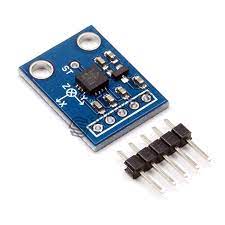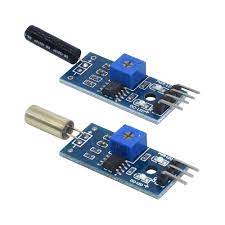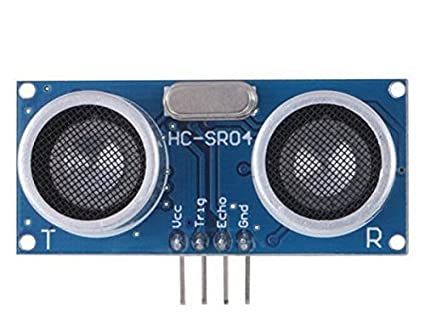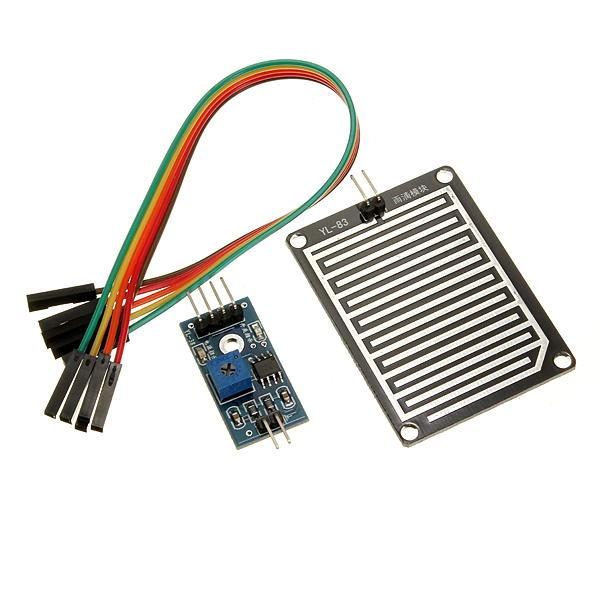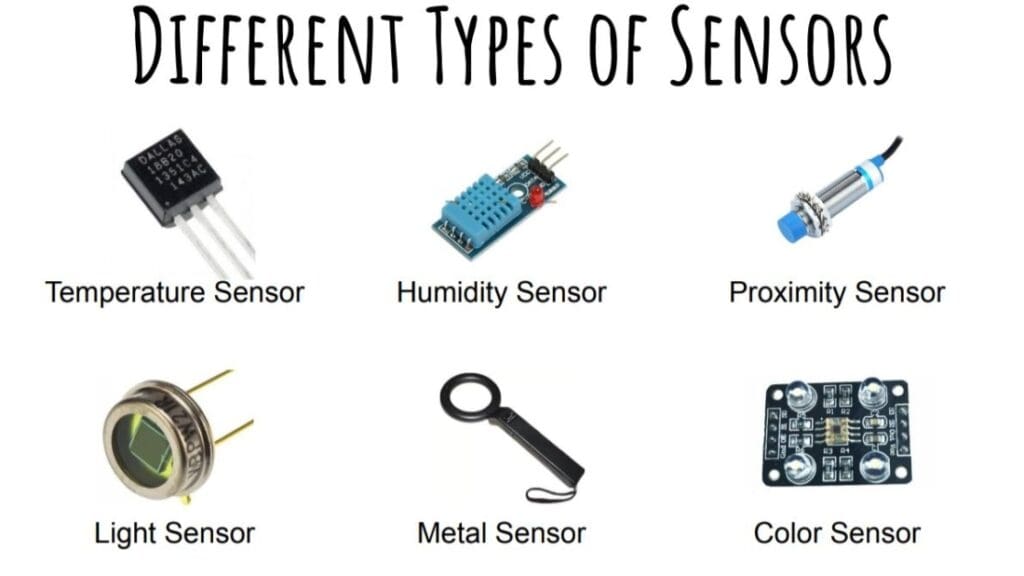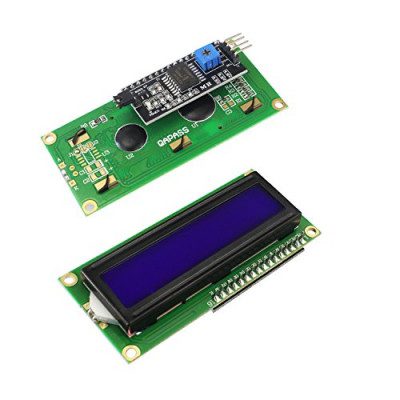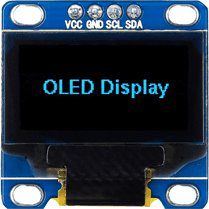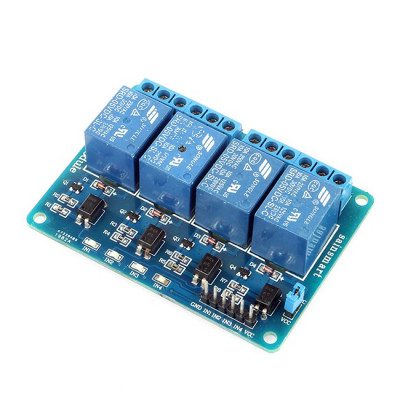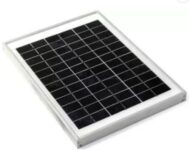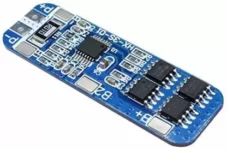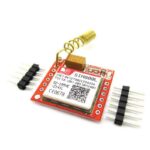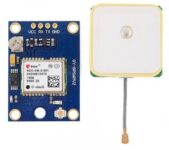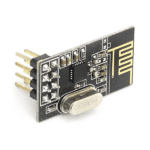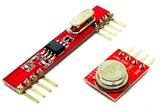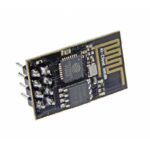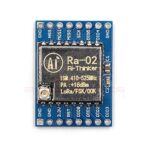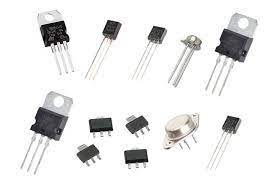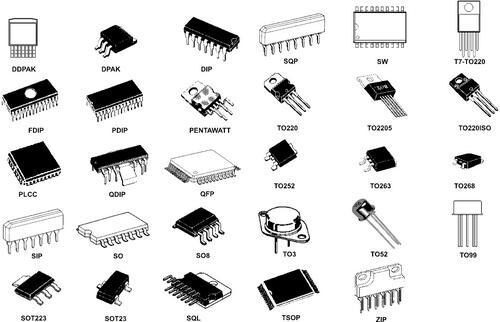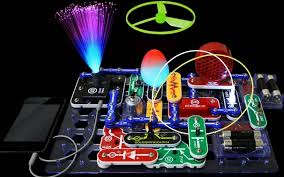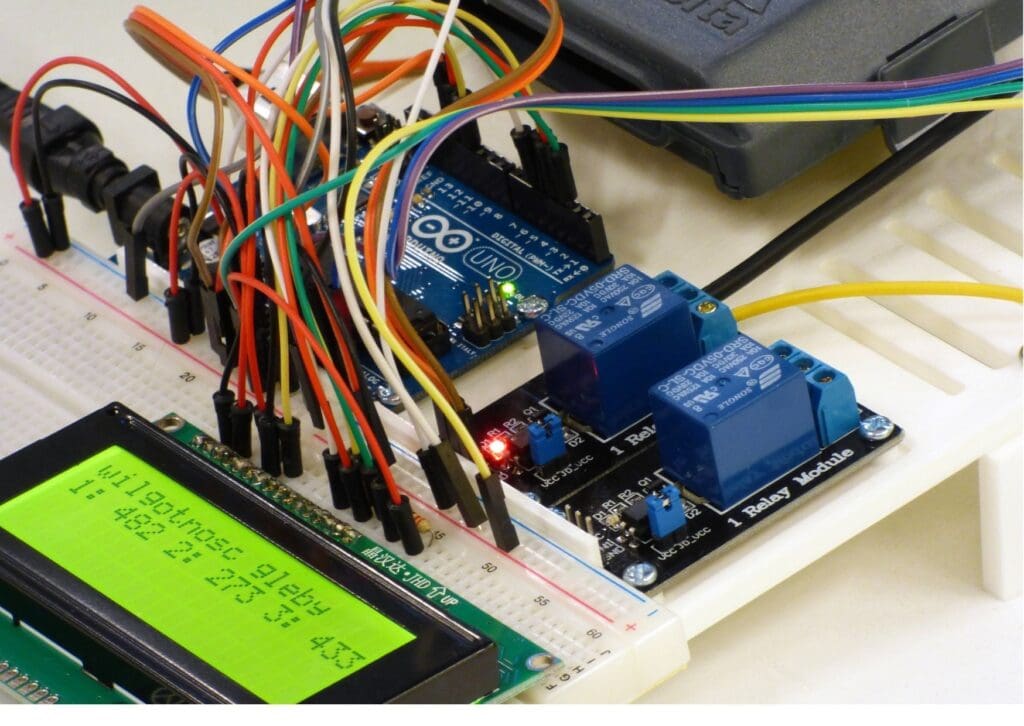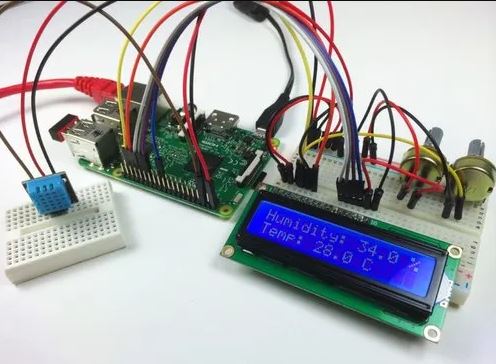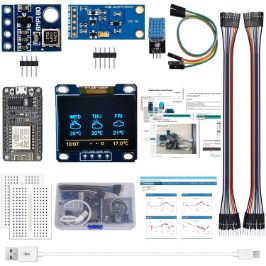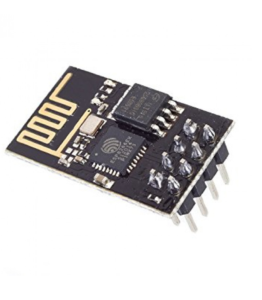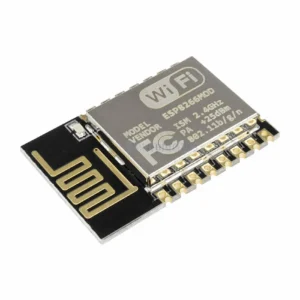Introduction
- 5G technology represents the latest evolution in wireless communication standards, promising unprecedented speed, reliability, and connectivity. It builds upon its predecessors, 3G and 4G, by leveraging advanced technologies such as massive MIMO (Multiple Input Multiple Output), millimeter wave bands, and network slicing. With speeds potentially reaching up to 100 times faster than 4G, 5G opens up a world of possibilities for various industries and consumers alike.
- In the realm of electronics, 5G’s impact is profound and far-reaching. One of the most immediate effects is on mobile devices themselves. Smartphones, tablets, and wearables equipped with 5G capabilities can harness the network’s high speeds to download and upload data at unprecedented rates, enabling seamless streaming, gaming, and browsing experiences. Additionally, 5G’s lower latency facilitates real-time interactions, making applications like augmented reality (AR), virtual reality (VR), and telemedicine more immersive and responsive.
- Furthermore, 5G technology catalyzes the proliferation of the Internet of Things (IoT), connecting an ever-expanding array of devices and sensors. This interconnectedness not only enhances automation and efficiency in various sectors, including manufacturing, transportation, and healthcare, but also spawns new opportunities for innovation. Electronics manufacturers are thus compelled to develop products that are not only 5G-compatible but also optimized to leverage the network’s capabilities fully. From smart appliances and autonomous vehicles to industrial robots and healthcare devices, the electronics industry is poised to undergo a transformative shift propelled by the advent of 5G technology.
Projects Categories:
Products Categories:
- Robotics
- Actuators
- Camera Modules
- Drone Kits
- Drone Components
- Chassis
- DC Motors
- Other Robotic accessories
- Pick and Place Modules
- Robotic Kit
- Servo Motors
- Stepper Motors
- Wheels
- Microcontrollers & Programmers
- 8051 Microcontroller
- Arduino Microcontroller
- ARM Development Board
- Interface Module
- NODMCU / ESP Modules
- PIC Microcontroller
- Raspberry Pi
- Devices and Actuators
- Display Modules
- Sensors & Module
- Power Supply / Batteries
- Wireless modules
- Electronic Components
- Wholesale Market
Description
- The description above encapsulates the transformative impact of 5G technology on the field of electronics. It begins by introducing 5G as the latest wireless communication standard, surpassing its predecessors with its speed, reliability, and connectivity. The paragraph highlights key technological advancements like massive MIMO and millimeter wave bands that underpin 5G’s capabilities, setting the stage for its significance.
- The subsequent paragraphs delve into the specific implications of 5G on the electronics industry. It emphasizes the immediate effects on mobile devices, such as smartphones and wearables, which can leverage 5G’s high speeds for enhanced user experiences like seamless streaming and responsive gaming. Additionally, the discussion touches upon 5G’s lower latency, enabling real-time interactions and fostering applications like AR, VR, and telemedicine.
- Moreover, the description underscores 5G’s role in driving the proliferation of IoT devices, connecting a vast array of electronics and sensors. This interconnected ecosystem enhances automation and efficiency across various sectors while paving the way for new innovations. The narrative concludes by highlighting the imperative for electronics manufacturers to develop products optimized for 5G compatibility, signaling a transformative shift in the industry towards smarter, more connected devices.

Some Key Features of 5G Technology
- 5G technology is utilized primarily due to its ability to deliver significantly faster data speeds, lower latency, and increased capacity compared to previous generations of wireless technology like 4G LTE. These advancements make 5G particularly valuable in several areas:
1. Enhanced Mobile Broadband (eMBB).5G enables blazing-fast download and upload speeds, making it ideal for applications that require high-bandwidth data transfer such as streaming 4K/8K video, virtual reality (VR), and augmented reality (AR). This capability enhances the user experience on mobile devices, allowing for smoother video streaming, faster downloads, and more responsive online gaming.
2. Internet of Things (IoT) With its ability to support a massive number of connected devices per square kilometer, 5G is instrumental in powering the IoT ecosystem. It facilitates seamless communication between various IoT devices, sensors, and systems, enabling smart cities, industrial automation, and connected vehicles, among other applications. 5G’s low latency ensures that IoT devices can communicate with each other and process data in real time, leading to improved efficiency and productivity in various sectors.
3. Mission-Critical Communication5G’s ultra reliMable low-latency communication (URLLC) capabilities make it suitable for applications that demand high reliability and minimal latency, such as remote surgery, autonomous vehicles, and industrial automation. These industries rely on instantaneous data transmission and ultra-reliable connectivity, which 5G provides, to ensure safety and efficiency in critical operations.
The impact of 5G on the electronics industry is profound
1. Device Innovation Electronics manufacturers are incorporating 5G connectivity into a wide range of products, including smartphones, tablets, laptops, wearables, and IoT devices. The integration of 5G modems and antennas into these devices enables faster and more reliable wireless connectivity, driving innovation in product design and functionality.
2. Emerging Technologies 5G technology accelerates the development and adoption of emerging technologies such as AI, AR, VR, and machine learning. These technologies heavily rely on high-speed, low-latency connectivity to deliver immersive experiences and real-time interactions. With 5G, electronics manufacturers can create more powerful devices capable of supporting these advanced applications.
3. Industrial Applications In the industrial sector, 5G enables the deployment of smart factories, where machines, robots, and sensors are interconnected and communicate in real time. This connectivity optimizes manufacturing processes, increases efficiency, and reduces downtime. Additionally, 5G-powered IoT devices facilitate remote monitoring and predictive maintenance, enhancing productivity and reducing operational costs.
- In summary, 5G technology is used to deliver high-speed, low-latency wireless connectivity, making it indispensable for applications such as enhanced mobile broadband, IoT, and mission-critical communication. Its impact on the electronics industry is evident in the innovation of new devices, the advancement of emerging technologies, and the transformation of industrial processes.

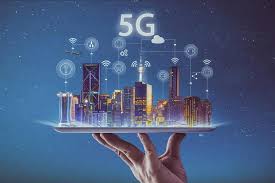
Is 5G Technology Better And Why
5G technology brings several advantages that make it better suited for electronics compared to previous generations of wireless communication standards
1. Faster Speeds5G
offers significantly faster data speeds compared to 4G LTE, with peak speeds potentially reaching up to 20 gigabits per second (Gbps). This high-speed connectivity enables quicker downloads, seamless streaming of high-definition content, and faster data transfer between devices, enhancing the overall user experience on electronic devices such as smartphones, tablets, and laptops.
2. Lower Latency 5G
technology significantly reduces latency, the time it takes for data to travel between devices and the network. With latency potentially as low as one millisecond (ms), 5G enables near-instantaneous response times, crucial for applications requiring real-time interaction, such as online gaming, augmented reality (AR), and virtual reality (VR). Lower latency also improves the responsiveness of IoT devices and facilitates mission-critical communication in industries like healthcare and transportation.
3. Increased Capacity
5G networks can support a significantly higher number of connected devices per square kilometer compared to previous generations. This increased capacity is vital for the proliferation of IoT devices and the growth of smart cities, where numerous sensors and devices require seamless connectivity to transmit data efficiently. In electronics, this means that more devices can connect simultaneously without experiencing network congestion, ensuring consistent performance across various applications.
4. Improved Spectral Efficiency5G
technology utilizes advanced techniques such as massive multiple-input multiple-output (MIMO) and beamforming to enhance spectral efficiency, allowing for more data to be transmitted over the available spectrum. This efficiency improvement translates to higher data rates and better network performance, especially in dense urban areas where network congestion is common. In electronics, this means that devices can maintain reliable connectivity even in crowded environments with many connected devices competing for bandwidth.
5. Enabler of Emerging Technologies
5G acts as a catalyst for the development and adoption of emerging technologies such as artificial intelligence (AI), machine learning (ML), and the Internet of Things (IoT). Its high-speed, low-latency connectivity unlocks the full potential of these technologies, enabling innovations in areas such as autonomous vehicles, smart homes, and industrial automation. In electronics, 5G facilitates the integration of these technologies into devices, creating smarter and more connected products capable of delivering enhanced functionality and user experiences.
Overall, 5G technology’s faster speeds, lower latency, increased capacity, improved spectral efficiency, and role as an enabler of emerging technologies make it better suited for electronics, driving innovation and transforming the way we interact with electronic devices in various domains.
Will 5g be takeover from 6g Likely successor in future technology
Certainly here’s a more technical and development-focused reiteration
1. Technological Evolution
As with previous generations, the trajectory of wireless communication standards suggests an evolution towards 6G technology. Advancements in materials science, signal processing, and network architecture are anticipated to contribute to the development of 6G, building upon the groundwork established by 5G to meet the evolving demands of future applications.
2. Research and Innovation
Ongoing research initiatives within academia, industry, and standardization bodies are actively investigating the fundamental principles and technologies that will underpin 6G. These efforts encompass exploring novel communication paradigms, such as terahertz frequency bands and integrated photonics, as well as devising new modulation schemes and network architectures optimized for ultra-low latency and massive connectivity.
3. Integration of Emerging Technologies
6G is expected to integrate emerging technologies such as AI, machine learning, and quantum computing more deeply into its design and operation. Leveraging these technologies could enable advanced features like cognitive radio systems for dynamic spectrum access, intelligent network optimization, and secure quantum communication protocols, positioning 6G as a platform for transformative applications in various domains.
4. Economic and Industrial Dynamics
The development of 6G is influenced by economic considerations, industrial competition, and strategic investments by governments and corporations. National initiatives, collaborative research consortia, and international partnerships play a crucial role in shaping the roadmap for 6G development and ensuring alignment with broader socioeconomic objectives.
In summary, the progression from 5G to 6G entails a multifaceted process of technological exploration, standardization, and commercialization, driven by ongoing research, innovation, and strategic foresight within the global telecommunications ecosystem.
Uses and Applications
1. Enhanced Connectivity
- 6G will provide even faster data speeds and lower latency than 5G, enabling seamless streaming of high-definition content, ultra-responsive gaming, and instantaneous data transfer for applications requiring real-time interaction like augmented reality (AR) and virtual reality (VR).
2. Internet of Things (IoT) 6G’s
- increased capacity and efficiency will support a massive number of connected devices per square kilometer, facilitating the proliferation of IoT devices and enabling smart cities, industrial automation, and connected vehicles to operate more efficiently and intelligently.
3. Mission-Critical Communication
- 6G’s ultra-reliable low-latency communication (URLLC) capabilities will be crucial for applications demanding high reliability and minimal latency, such as remote surgery, autonomous vehicles, and industrial automation, ensuring safety and efficiency in critical operations.
4. Emerging Technologies
- 6G will serve as a platform for the integration of emerging technologies such as artificial intelligence (AI), machine learning (ML), and quantum computing, unlocking new possibilities for innovation in areas like autonomous systems, intelligent transportation, and personalized healthcare.
Conclusion
- In conclusion, while 5G represents a significant leap forward in wireless communication technology, the inevitable progression towards 6G is driven by the growing demand for faster speeds, lower latency, and greater connectivity. With its potential to revolutionize industries, enable new applications, and integrate emerging technologies, 6G is poised to reshape the digital landscape and usher in a new era of connectivity and innovation. As research and development efforts continue to advance, the transition from 5G to 6G will mark another milestone in the ongoing evolution of wireless communication standards, promising even greater capabilities and opportunities for society as a whole.
For additional blog content, to explore further insights and articles. Click here
How to attach heat sink
How to attach heat sink to raspberry pi 4 INTRODUCTION Attaching a heat sink to...
Read MoreUnderstanding Integrated Circuit And Microchips
Understanding Integrated Circuit And Microchips Introduction Integrated circuits (ICs), often referred to as microchips, are...
Read MoreExploring The world of Quantum
Exploring The World Of Quantum Sensors Quantum sensors are fascinating devices that leverage the principles...
Read MoreRaspberry Pi Microcontroller
Raspberry Pi Introduction Welcome to the world of Raspberry Pi projects, where creativity meets technology!...
Read More


